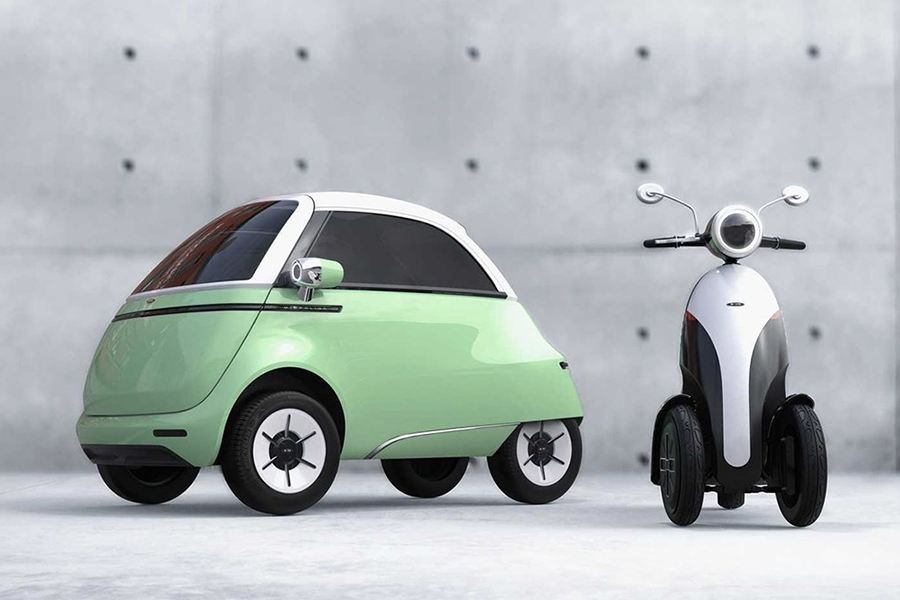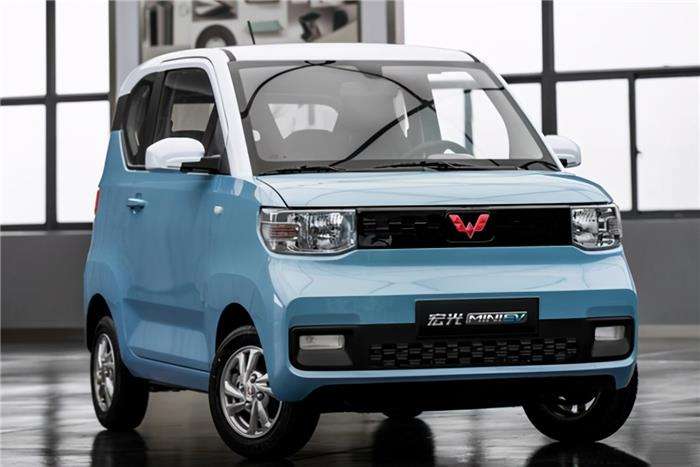A pure electric vehicle (Battery Electric Vehicle, BEV) refers to a vehicle powered by a fully charged battery to an electric motor and propelled by an electric motor, and the power of the battery is supplemented by an external power supply. Since no exhaust gas is emitted on the road, it will not pollute the air on the road.
Principle
The pure electric vehicle stores energy in the vehicle with the battery, which is equivalent to the fuel tank of the general car, provides the vehicle with electricity to the electric motor, and the electric motor converts the electric energy into kinetic energy to propel the vehicle. The structure is very simple.
The battery used in pure electric vehicles is a battery, which is charged through the input power outside the vehicle after the power is exhausted. The way that the electric motor pushes the wheels can be through the differential transmission to the wheels like a traditional vehicle. The newer approach is that each push wheel has an electric motor, and the electric motor pushes the wheels directly, eliminating the need for a differential.
In addition to propelling the vehicle, the electric motor is also used as an energy converter for the regenerative braking system when braking, converting the kinetic energy of the vehicle into electrical energy and storing it in the battery. Different from ordinary cars, when the pure electric motor stops, the motor stops completely and consumes no energy at all.
The battery performance determines the maximum travel and charging time of a pure electric vehicle. The cost of batteries accounts for a considerable proportion of the overall cost, and the carbon emissions from manufacturing batteries also account for a considerable portion (43%) of the carbon emissions throughout the life cycle. Therefore, the battery is the most important technical key for the development of pure electric vehicles. The important battery performance parameters are: battery capacity, charging time, and battery life.
The batteries used in pure electric vehicles today are nickel-metal hydride batteries (Ni-MH) or lithium-ion batteries (Li-ion batteries), both of which can be recycled. Lithium batteries suitable for and used in pure electric vehicles now include lithium iron phosphate batteries and lithium titanate batteries.
Performance
The performance of today’s pure electric vehicles is quite good in many aspects. In terms of sports cars, Tesla Roadster accelerates from 0 to 97 km/h in just 3.9 seconds, and general RVs such as Smart ED0 to 50km/h take 6.5 seconds. This is mainly due to the performance of the electric motor, but when used in heavy loads At the time, there were not many pure electric vehicles, which may be due to the performance and cost of the battery. In terms of torque, it is the strength of the motor, so it is not a problem for general use torsion.
As for the top speed, many pure electric vehicles can reach more than 100km/h, and sports cars like the Tesla Roadster can reach more than 200km/h, and only need to change gears once.
Because the torque output of the electric motor is stable and the control is easier than that of the internal combustion engine, the pure electric vehicle runs more smoothly, with less vibration and noise; it does not need to shift gears as often as ordinary cars to ensure sufficient power.
Welcome to Mylion battery Website: https://myliontech.com/category/life-po4-battery/









